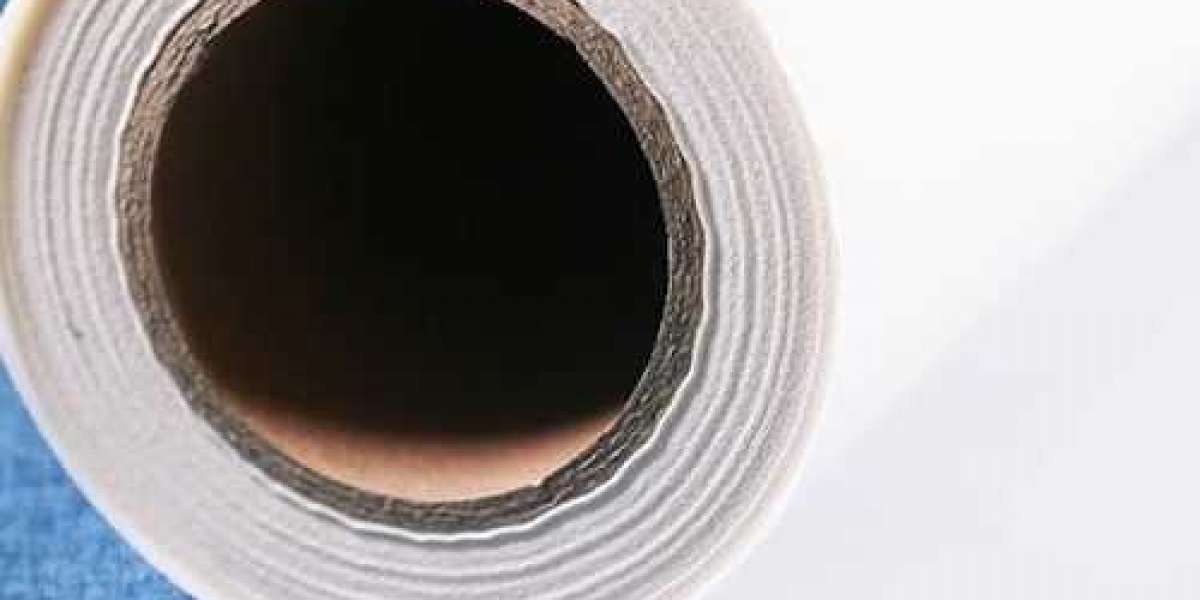Within the sector of the economy that is concerned with hot melt adhesive films, two of the most popular types of hot melt adhesive film products that are sold are TPU hot melt adhesive films and EVA hot melt adhesive films. These two types of hot melt adhesive film products are TPU hot melt adhesive films and EVA hot melt adhesive films, respectively. In addition to being utilized extensively in the material development processes of a wide variety of other types of businesses, they are utilized extensively in the process of laminating textiles. To be more specific, what distinguishes TPU hot melt adhesive film from EVA hot melt adhesive film are its defining characteristics? In this section, a condensed explanation is provided for your perusal.
To begin, the production of TPU and EVA hot melt adhesive films requires different collections of raw materials than those used in the production of TPU and EVA hot melt adhesive films. These collections of raw materials are used in the production of TPU and EVA hot melt adhesive films. Thermoplastic polyurethane is used in the production process of hot melt adhesive films that are referred to as TPU, whereas ethylene-vinyl acetate polymer is used in the production process of hot melt adhesive films that are referred to as EVA. Both of these types of films are referred to as TPU and EVA, respectively. In terms of the similarities that they share with one another, these two chemical components couldn't be any further apart from one another.
Second, it is not possible to use one type of film in place of the other when it comes to the types of materials that can be bonded using TPU hot melt adhesive film and EVA hot melt adhesive film
The two types of film are not interchangeable in any way
The vast majority of distinct kinds of substances, when brought together in a bonded system, are able to generate some level of adhesion between themselves
As a consequence of this, the EVA hot melt adhesive film is compatible with a very wide variety of different materials
When contrasted with the degree of adaptability possessed by EVA hot melt adhesive film, the degree of adaptability possessed by TPU hot melt adhesive film is noticeably lower
On the other hand, the adhesion may be noticeably more robust when compared to that of an EVA hot melt adhesive film for particular types of materials
When compared to that of EVA hot melt adhesive film, the elasticity of TPU hot melt adhesive film is, in the vast majority of cases, significantly higher. This is because TPU is a much more flexible material. Because of this, the utilization of TPU hot melt adhesive film for the bonding of specific elastic materials is going to prove to be more advantageous than it would have been in any other circumstance. This is because of the fact that TPU is a thermoplastic polyurethane. In addition to this, the water resistance performance of TPU hot melt adhesive film is noticeably better than that of EVA hot melt adhesive film in this regard. This is because TPU hot melt adhesive film is made from thermoplastic polyurethane. Because of this, the use of TPU hot melt adhesive film will become more commonplace for a wide variety of products, particularly in the garment industry, which produces items that are required to be washed. This will be especially true in the case of products that are intended to be worn more than once.

If you are interested in learning more about hot melt adhesive film, you can either consult Hengning's hot melt adhesive film or speak with a member of our staff directly if you have any questions regarding this subject.
When heated, hot melt adhesive becomes active almost immediately and begins to form bonds almost immediately after they have been formed. Because it does not contain any water at all, the drying time is practically nonexistent. This is due to the fact that it is a dry substance. Because laminates eliminate the need to wait the hours or days required for adhesives to cure, cutting, drilling, and other operations can be performed immediately after the laminates are applied. Laminates also enable greater design flexibility than other materials.
Between 6-7 mils is the thickness of the film that is utilized for the application of hot melt adhesive when it is in its raw form. Following the application, melting, and compressing processes, the thickness is somewhere between one and two mils.
When compared to the shelf life of a great many other types of adhesives, the life span of hot melt adhesive film is noticeably longer. HMT is able to custom engineer a solution for unusual problems, in addition to providing a selection of hot melt adhesive films that are immediately available for purchase. If a customer requests this service, HMT will also provide a selection of hot melt adhesive films that are immediately available for purchase. The incredible range of substrates that our hot melt adhesive film has been able to successfully bond together in a variety of applications.
When an ordinary plastic film has a specific TPU component added to it, that component can cause the entire film to have a certain type of hot-melt and adhesiveness. This can be accomplished by the addition of the TPU component. The incorporation of the TPU component is what is required to achieve this goal. Not only does it have a wider variety of possible applications than traditional film, but it also provides significant improvements in terms of its functionality and performance when compared to traditional film. TPU films have been put to extensive use not only in the field of interior decoration but also in the field of exterior decoration, most notably in the field of interior decoration over the course of the last few years.
Would it be possible for you to supply me with some additional information concerning the decorative TPU film? Although this product is marketed as decorative TPU film, the decoration industry actually utilizes TPU hot melt adhesive film. Despite the fact that this material is sold as decorative TPU film. Despite the fact that this film is marketed as a decorative TPU film, this is still the case. When it comes to the process of decoration, the materials that are chosen for decoration need to have a certain adhesiveness, and the adhesiveness that is already present in TPU can just about meet the requirements for decoration. When tpu hot melt adhesive film comes to the process of decoration, adhesiveness is important. When it comes to the process of decoration, the adhesiveness that is already present in TPU can almost meet the requirements for decoration. This is because TPU is a thermoplastic polyurethane. Nevertheless, it is of the utmost importance to keep in mind that during the actual application process, a low-temperature or high-temperature hot melt TPU Film manufactureradhesive film must be selected in accordance with the particular production process in order to ensure proper adhesion. This is the case despite the fact that the category of model that is picked has no bearing on the fulfillment of this prerequisite.
This requirement needs to be satisfied in some way, even if a different kind of model is chosen. This is something that must always be kept in mind and should not be forgotten.







